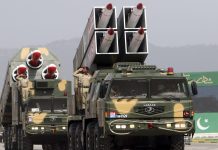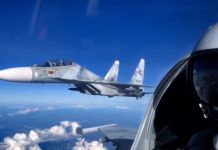After three-and-a-half years of brutal war, Russian President Vladimir Putin has agreed to meet his US counterpart, President Donald Trump, in Alaska later this week to discuss a ceasefire proposal to end the Ukraine War.
The planned Trump-Putin meeting took everyone by surprise, as till last week, Trump was threatening to put additional sanctions on Russia if Moscow did not end the Ukraine War by August 8.
Instead, Trump agreed to meet Putin in a face-to-face meeting, handing Putin a crucial geopolitical victory by ending his diplomatic isolation. Not only did Trump agree to meet Putin despite his pariah status, but he also invited him to the US soil, giving Putin the international recognition he craves.
Furthermore, Trump also agreed to meet Putin without Ukrainian President Volodymyr Zelenskyy. This, in effect, means that the Ukraine ceasefire proposal will be discussed between the US and Russia, without Ukrainian representation.
However, just days ahead of the crucial meeting, it turns out that the planned meeting might have handed Putin another geopolitical victory, one that no one is talking about.
This geopolitical victory lies in the choice of the venue where Putin agreed to meet Trump.
Russian Media On Trump-Putin Meeting In Alaska
Putin’s Alaska meeting will be the first visit of a Russian President to the US since 2015.
However, more importantly, Putin will be the first Russian President ever to visit Alaska, Russian news agency TASS reported.
Meanwhile, Russian Presidential aide Yury Ushakov said that the choice of the location “does make sense,” as the two countries are close border-sharing neighbors.
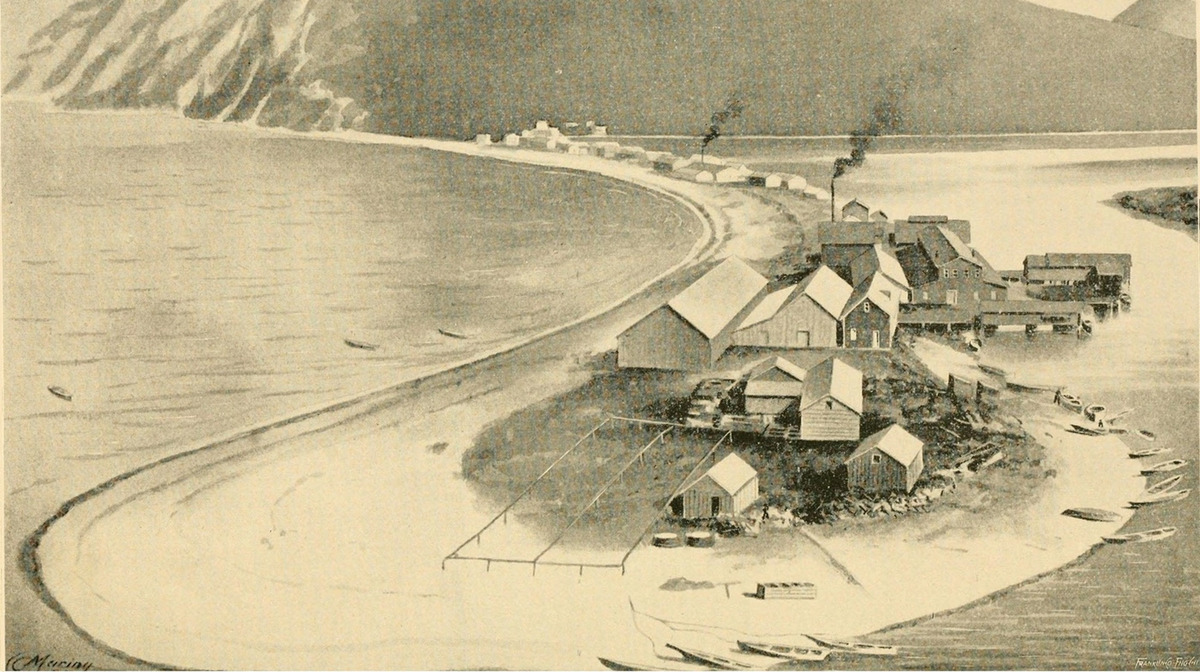
“So it does make sense if our delegation simply crosses the Bering Strait and if such an important and expected meeting between the two leaders takes place specifically in Alaska,” Ushakov said.
Alaska sits at the northwestern tip of the North American continent and is the largest U.S. state by area, comprising 18% of the US area. It is separated from the Russian mainland by the Bering Strait.
The narrowest distance between mainland Russia and mainland Alaska is approximately 55 miles (88 km).
However, in the body of water between Alaska and Russia, known as the Bering Strait, there lie two small islands known as Big Diomede and Little Diomede.
Interestingly enough, Big Diomede is owned by Russia, while Little Diomede is owned by the US.
The stretch of water between these two islands is only about 2.5 miles (3.8 km) wide and actually freezes over during the winter, so you could technically walk from the US to Russia on this seasonal sea ice.
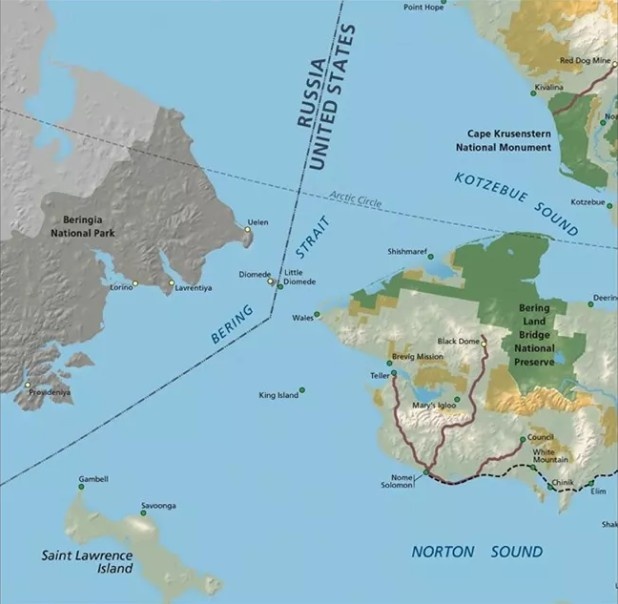
NPS Graphic/AKRO
In a post on social media platform X, Alaska Governor Mike Dunleavy also noted Alaska’s strategic location at the crossroads of North America and Asia, with the Arctic to the north and the Pacific to the south.
“Alaska is the most strategic location in the world, sitting at the crossroads of North America and Asia, with the Arctic to our north and the Pacific to our south. With a mere two miles separating Russia from Alaska, no other place plays a more vital role in our national defense, energy security, and Arctic leadership…It’s fitting that discussions of global importance take place here,” Governor Mike Dunleavy wrote on platform X.
Russian media also reported that Alaska used to be part of the Russian Empire before it was sold to the US in 1867 for a throwaway price of US$7.2 million due to financial difficulties.
Billionaire Konstantin Malofeyev, who was sanctioned by the Obama administration for funding pro-Kremlin separatists in Ukraine, said Alaskans “respectfully remember their Russian past and their Orthodox present.”
Incidentally, the Putin-Trump meeting in Alaska is serving another propaganda purpose for the Russian nationalists: to highlight Alaska’s historical connections with the Russian motherland.
Alaska: A Russian Outpost In America
Danish explorer Vitus Bering first sailed through the narrow strait that separates Asia and the Americas in 1728 for an expedition financed by the Czarist Russia.
Bering’s 1741 voyage of exploration for Russia brought the first Europeans to Alaska. The sea otter pelts they took home to show the Czar drew them back to stay, and the area was soon overrun with Russian promyshlenniki – free-ranging hunters and fur traders.
The Russians were likely the first European traders to encounter Alaska Natives. Through barter and coercion, the promyshlenniki used the skills of the native Aleuts to gather the profitable pelts.
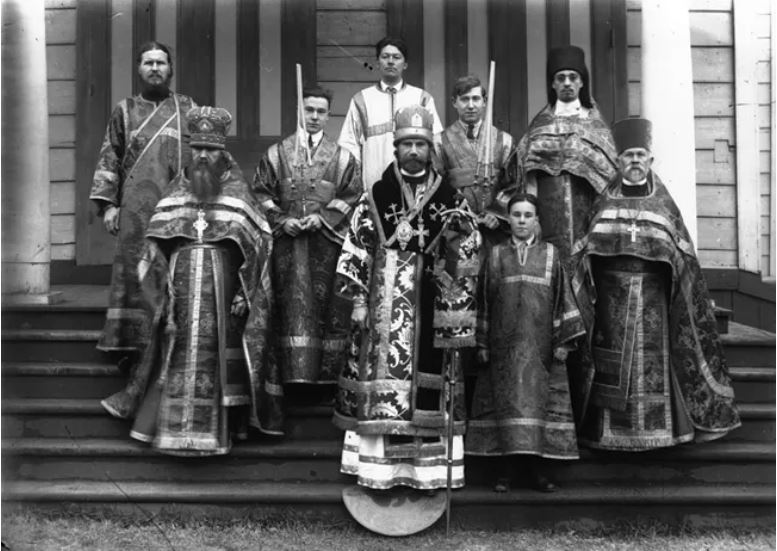
By 1784, a Russian trading company employing promyshlenniki had established a station on Kodiak Island, and forced Aleuts to hunt sea otter and other sea mammals.
However, the hunters overexploited the seals and sea otters, whose populations collapsed, taking with them the settlers’ economy.
Struggling with finances, Czarist Russia sold Alaska to the United States for US$7.2 million in 1867.
Notably, Russian influence still survives in Alaska, most prominently in the survival of the Russian Orthodox Chruch. Many of the old churches in Alaska still feature a distinct onion-shaped dome, underlining Russian architectural influence.
However, for many Russian nationalists, the Alaska deal was a folly of historic proportions, and Putin’s visit to this land, a former Russian colony, is an occasion to highlight its Russian roots and the glory of the Russian Empire.
Putin’s Alaska Visit: A Propaganda Tool For Russian Nationalists
As soon as the news of Putin’s visit to Alaska broke, Russian nationalists started posting on the social media site X that Putin will not be visiting the US, but a Russian land for the meeting with Trump.
“As a person who was born and socialised in Russia, I tell you what Putin and Russia think about having a Putin-Trump meeting in Alaska. It means Putin goes to… Russia,” Sergej Sumlenny wrote on X.
He further claimed that many textbooks in Russia teach children that Russia never sold Alaska to the US, but gave it to Washington on a 100-year lease, and the US later forged the contract.
Taking back Alaska from the US is a recurrent theme in popular Russian music bands.
In the early 1990s, just after the disintegration of the Soviet Union, there was a popular right-wing musical band in Russia, Lyube.
One of their most popular song was “Don’t be silly, America. Give us back Alaska, our native Russian land. Siberia and Alaska are our shores.”
The video of the song depicted the Russian military invading and separating Alaska from the US.
Lyube is known to be a favorite band of Putin. Putin even appointed the band’s lead singer, Nikolai Rastorguyev, to the position of Cultural Advisor to the Russian government in 2001. In the same year, Lyube performed a live concert on Victory Day in Red Square.
In 2014, after Russia had occupied Crimea, another song appeared in Russia, in which Russian kids wearing military uniforms sang: “The world is sick of the U.S. (in the song euphemistically called “the Hegemony”), Europe lacks decision. Crimea and Sevastopol are ours, and we will bring Alaska back to the home harbour. If the last battle is coming, order us, Uncle Vova (Vladimir Putin), we follow!
Furthermore, in 2022, billboards appeared in Russia with slogans “Alaska is ours.”

There is speculation on what Putin will gift Trump, with many on social media predicting that it will be something that will showcase Russia’s connection to Alaska.
It will be Putin’s way of underlining Russia’s connection with Alaska and highlighting the glorious days of the Russian Empire, which many believe, Putin wants to resurrect.
Several Western analysts have also warned that Trump should tread carefully.
“Trump has chosen to host Putin in a part of the former Russian Empire. Wonder if he knows that Russian nationalists claim that losing Alaska, like Ukraine, was a raw deal for Moscow that needs to be corrected,” Michel McFaul, former US ambassador to Russia, wrote on X.
Sam Greene, a Professor in Russian politics at King’s College London, said the venue favours Russia and can become a tool in the hands of Russian nationalists.
“The symbolism of holding the Trump-Putin summit in Alaska is horrendous — as though designed to demonstrate that borders can change, land can be bought and sold. Never mind that mainstream Russian discourse maintains a claim that Alaska should be returned to Russia,” Greene said.
In fact, Russian nationalists were handed a massive victory by Trump’s faux pas when he said that he was going to Russia (Alaska) to meet Putin.
“I’m gonna see Putin. I’m going to Russia on Friday,” Trump said on August 11, alongside Defense Secretary Pete Hegseth and Attorney General Pam Bondi.
This left many netizens wondering if Trump had decided to surrender Alaska as part of the Ukraine peace deal.
Putin will not stake any direct claims to Alaska. However, people should remember that before 2014, Putin never claimed Crimea either.
However, in all probability, Putin’s Alaska trip will carry certain deep-rooted cultural symbols that will rekindle the historical memory of Russian control of Alaska and give Russian nationalists further propaganda tools to fan chauvinist feelings in Russia.
- Sumit Ahlawat has over a decade of experience in news media. He has worked with Press Trust of India, Times Now, Zee News, Economic Times, and Microsoft News. He holds a Master’s Degree in International Media and Modern History from the University of Sheffield, UK.
- VIEWS PERSONAL OF THE AUTHOR.
- He can be reached at ahlawat.sumit85 (at) gmail.com

